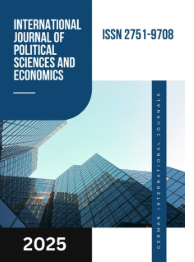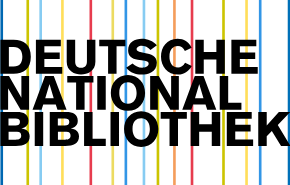CYBERSECURITY: THE RELEVANCE OF INFORMATION PROTECTION IN A DIGITALIZED SOCIETY
DOI:
https://doi.org/10.55640/Keywords:
Cybersecurity, information security, cyber threats, phishing, malware, information technologies, data protection, digital security, cybersecurity in education, cyber culture.Abstract
This article explores the concept of cybersecurity, its significance and role in modern society, the types of cyber threats, and the measures to prevent them. The technical, organizational, and legal aspects of cybersecurity are analyzed in detail, along with a comprehensive overview of necessary steps to ensure information security for users. Furthermore, the article highlights the importance of fostering cybersecurity awareness within the education system and emphasizes the need to promote a culture of digital safety. The content holds practical relevance for general users, specialists, and professionals in the field of education.
References
[1]: Ahmedov, S. (2021). Foundations of Cybersecurity and Information Protection. Tashkent: Fan Publishing. (in Uzbek)
[2]: Muhammadjonov, J. (2020). Digital Technologies and Information Security. Tashkent: TUIT Press. (in Uzbek)
[3]: Qodirov, N. (2022). "State Policy in Ensuring Information Security", Scientific Research in Uzbekistan, No.4, pp. 45–51.
[4]: Hasanova, D. (2021). "Cybersecurity: Global Threats and National Measures", Journal of World Economy and International Relations, No.3, pp. 33–39.
[5]: ISO/IEC 27001:2022. Information security, cybersecurity and privacy protection – Information security management systems – Requirements. International Organization for Standardization, 2022.
[6]: National Curriculum on Cyber Hygiene in Schools. Ministry of Public Education, Uzbekistan. (internal resource)
Downloads
Published
Issue
Section
License

This work is licensed under a Creative Commons Attribution 4.0 International License.
Authors retain the copyright of their manuscripts, and all Open Access articles are disseminated under the terms of the Creative Commons Attribution License 4.0 (CC-BY), which licenses unrestricted use, distribution, and reproduction in any medium, provided that the original work is appropriately cited. The use of general descriptive names, trade names, trademarks, and so forth in this publication, even if not specifically identified, does not imply that these names are not protected by the relevant laws and regulations.







